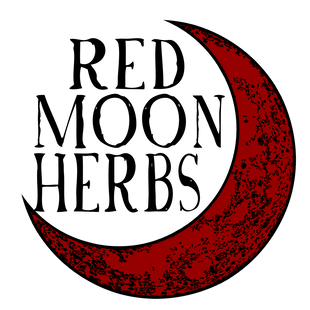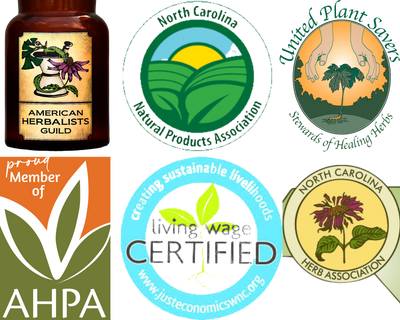The Wise Woman Tradition of Herbalism
by Corinna Wood
“Mommy, plantain poultice!" My two-year old has fallen and hurt his knee, and he's pointing to the plantain plants that grow at our doorstep, one of the most common weeds around. He wants me to make another fresh compress because it has helped him so much in the past.
At home and in my classes, I’ve seen how easy it is to learn about the edible and beneficial uses of plants. This ancestral knowledge comes naturally to us; it is our birthright. The ancient practice of using common, local plants for health is at the core of the Wise Woman tradition. This lineage includes village healers, community midwives, and family herbalists. The Wise Woman tradition is based on nourishment and self-love, rather than seeing disease as our enemy or the body as dirty and in need of cleansing.
According to the Wise Woman tradition, we are all healers. We co-create health with our allies, who are our problems and bring us gifts of wholeness. Our allies are wise women who support us in our transformation. Our allies are green allies and wild plants, which provide us with optimum nourishment.
Although doctors, shamans, and medicine men have more prominence in our cultural history, the common healers, especially for women's health concerns, were women. It was women, as it is today in tribal cultures, who attended pregnant women and sick children, and who nurtured the beginning and the ending of life. Part of the reason that wise woman ways are so often overlooked is that much of this work is invisible. A wise woman deflects immune threats by cooking nourishing meals for her family, or building stamina with daily herbal teas. The wise woman cooks a root stew for her family in the depth of winter, makes salads with wild spring greens, garnishes the summer festival platters with edible flowers, and harvests berries to feast on in fall and to dry for the long winter.
How did this ancient tradition get broken? In Europe, it ended with mass 'witch burnings'. Almost everyone knows of the Holocaust of World War II, but few people know of the extent of the witch burnings, which spanned the 1300s to the 1600s. As Jeanne Achterberg writes in Woman as Healer, "Witches, also known as wise women (femina saga), were accused of the 'crimes' of aiding the sick, birthing babies, and caring for the dying." Under the influence of the Church and the newly formed male-dominated medical establishment, the word 'witch', which originally meant 'wise one', became a term of scorn. It took a reign of terror lasting several hundred years to radically alter a way of life thousands of years old. Millions of women who carried the health-giving lineage were systematically killed (see The Church and the Second Sex by Mary Daly).
The ancient cloak of women's wisdom is being re-woven as we take back responsibility for our healthcare. Some say we have a cellular memory of the ancient ways; we did them for so long, they are practically instinctual.
Do you remember the Wise Woman? She brings a bag of herbs for the young woman beginning her mooncycles to ease the cramping. She is the midwife who visits the expectant mother and speaks to her of transformation into motherhood, of surrendering to the process of birth. She is the one who strokes the arm of the laboring woman and says, "I know it hurts." She is the one whom that mother calls upon as she becomes a crone herself, for teas to ease the hot flashes. And it is she who sits on the bed of the aging elder and speaks of death, offers porridge to ease the belly and herbal spirits to calm the mind.
We can each reclaim the wise woman inside of us. As we turn towards ourselves and our loved ones with compassion. As we learn the plants that grow where we live and raise our children and grandchildren in that way of life. As we remember the ancient ways.
Originally published in the New Life Journal, January 2003







